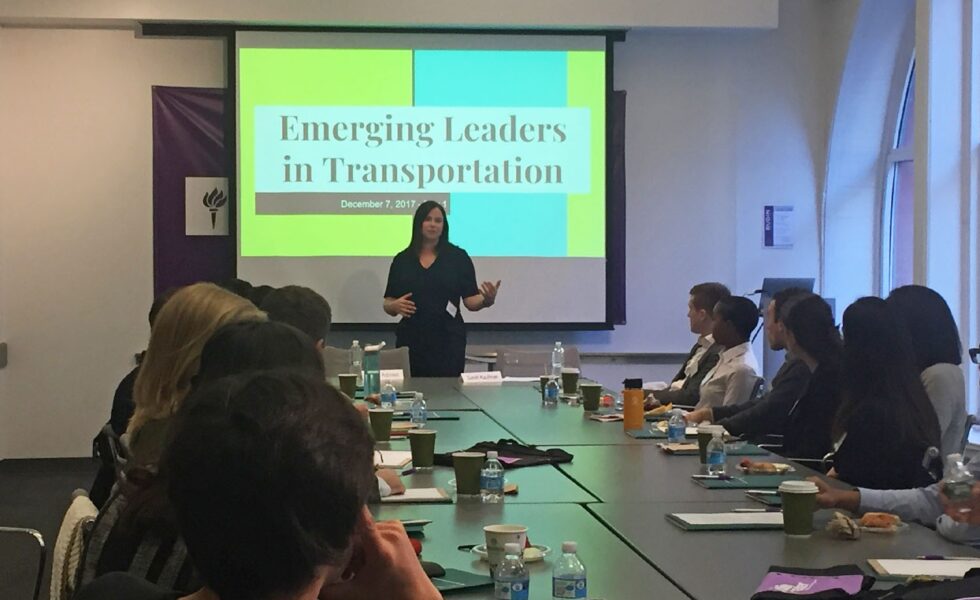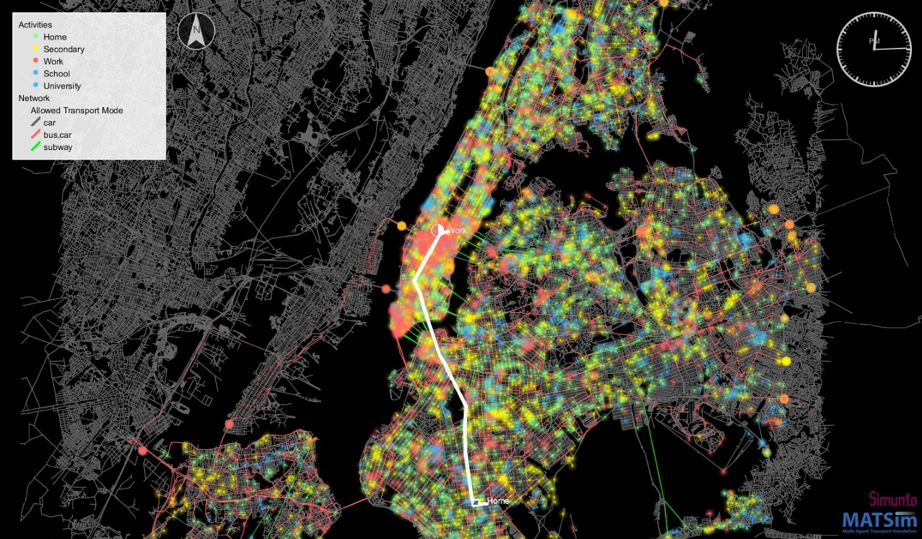ITS Deployment Evaluation Program Technical and Program Support
C2SMART researchers are working in partnership with Noblis to provide technical and management support for the ITS Deployment Evaluation program by populating and providing analysis of the ITS Benefits, Costs and Lessons Learned/Best Practices for an ITS Deployment Database. Additionally, C2SMART provides technical and program support for the ITS Deployment Tracking Survey and is providing technical support for modal collaboration on Evidence Based Decision Making (EBDM) to accelerate deployment.










